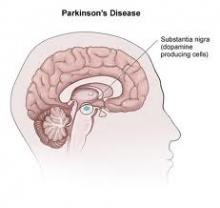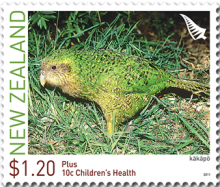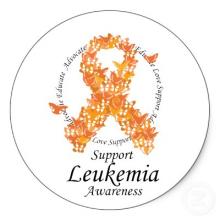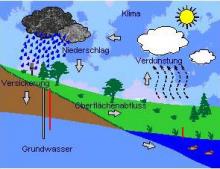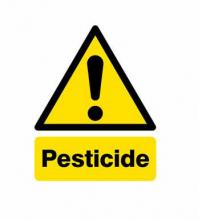Jeff Lowenfels: Dreaming of a pesticide-free Christmas
More than 300 diseases have been linked to pesticide use. These are not as a result of lab rat tests and studies either. They are based on real-life, epidemiological studies of humans around the country. Of the top 25 pesticides used to manage "facilities" and the 13 used in "landscape management," 11 are linked to cancer, five cause birth defects, 10 cause liver or kidney damage, 12 are linked to neurological problems and the list goes on. Of course, children are the most susceptible to injury from pesticide exposure because their systems are still developing. Many pesticides are endocrine disrupters, so the development that is supposed to happen happens "wrong." There is even now link to lower I.Q. in children when exposed. This is not a happy state of affairs.



